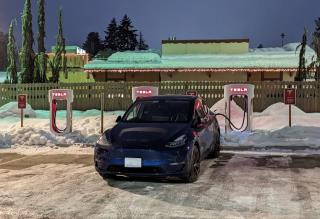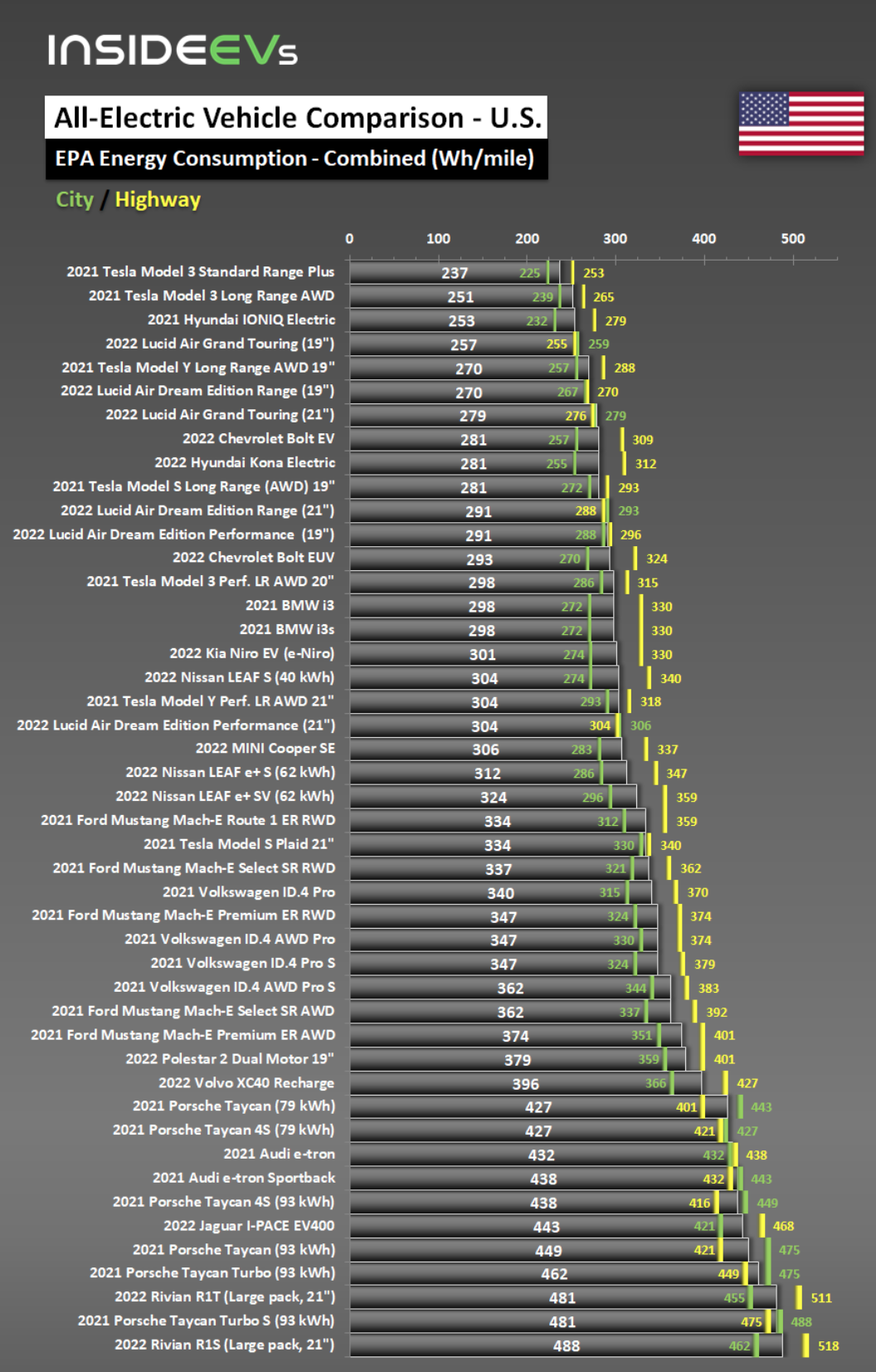
The OpenAI group is making a big splash with websites like Dall-E 2 and ChatGPT. The other night I asked Elijah for the basic plot of a movie and had Chat GPT write the script, write the lyrics for a theme song, and then tell me which voice actors would fit the roles. Then I had Dall-E 2 make a movie poster for it. For this blog post, I asked Dall-E 2 to draw “a van Gogh style painting of a cute penguin sitting in a datacenter typing on a computer” and you see the result on the right.
Experiences like this have led to a lot of conversations about how people feel about it and how we should manage these AIs. It seems like many of the podcasts I follow have spent episodes on this topic and I end up getting bored and frustrated. There are three main points I always wish they would realize:
- This isn’t new. Sure, these two specific examples (Dall-E 2 and ChatGPT) are very popular in the news right now. Lots of people are getting introduced to AI in a way they can readily understand, but AI has been around for a long time in many incarnations. AI isn’t one specific thing, but the term appears to have originated around 1956. The range of what people call “AI” is enormous. At some level, you can think of it as “math.” AI doesn’t only mean a sentient robot that’s going to exterminate human life. It’s math that makes things more efficient in your daily life. Here are some examples:
- A grocery store deciding how to place items in their aisles
- Lane keeping technology in cars
- Smart speakers
- Junk mail filtering
- Motion sensors differentiating between people and shadows
- Online advertising
- Bank fraud detection
- Video game opponents
- Social media feeds
- Filters on your camera phone
- It doesn’t matter whether you like AI or not. It doesn’t matter whether you think there should be rules for its use. That’s like saying there that you need to control the dangerous implications of addition. Anybody on the planet can click a few buttons and spin up “AI” to do any number of built-in tasks on a cloud service like Azure or AWS, and there are plenty of people that have the skills to code things for themselves on top of other platforms or from scratch. We can’t control it like we try to control nuclear weapons material and knowledge.
- The technology is progressing faster than you can imagine. I’ve written before about how hard it is for humans to grasp exponential growth, and this is another place where that comes into play. Think about your tech life today (phone, internet, etc) compared to 2000 when we thought flip phones were amazing and iMacs were the hot product from Apple. We’ve come an incredibly long way in 20 years. Not only is it hard/impossible to imagine what another leap of that size looks like, but it’s going to happen in ~10 years this time. And then the same leap will happen in 5 years, then 2 years, etc. So if you think ChatGPT is impressive today, don’t turn your back for too long before you try it again.
So yes, these new technologies are impressive, but for people who work with this stuff every day, the reaction is “Hey, good job. That’s impressive.” It’s not the “WE’RE ALL GOING TO DIE! LOOK WHAT HAPPENED OUT OF THE BLUE!” story that you get from the media. It’s almost like you shouldn’t rely on things like TV/cable news for your news…









2022 Year In Review
After two years that were defined by COVID and its aftermath, it was nice to have a year where we could setting into a more sustainable routine. Don’t get me wrong, COVID still played a major part of 2022. It’s one of the top five killers, but we’re learning how to fine tune our behaviors so we can live life while protecting it at the same time.
The first part of the year started off with a bang as we un-paused our Hawaii trip which had been planned for the week everything shut down in March 2020. We thoroughly enjoyed our time in the warm sunshine by playing on the beach, hiking Diamondhead Crater, visiting the zoo, and sampling lots of delicious food. It did feel a little odd to take our big family vacation so early in the year, but the rest of the year didn’t disappoint.
We kept up our monthly family adventures with day trips like the ferry to Kingston, Deception Pass State Park, Leavenworth with Luke and David, hiking to old train tunnels, Birch Bay State Park, Tiny Hearts Homestead, Barclay Lake (with Dad and Mom before the forest fire!), Dege Peak at Mt. Rainier, and Kayak Point.
We had two nice camping trips. One was to Seaquest State Park near Mt. St. Helens with Tyla’s family. It’s interesting to go back there every few years and see how much has changed at the eruption site. The second trip was to San Juan Campground. These were first come-first served rustic camp sites right on the North Fork of the Skykomish River with the Scherschels and Neumanns. Elijah has always asked to go camping where we can’t see anyone else, and this came pretty close to meeting that criterion.
Even though we went to Hawaii, if you ask us about our favorite trip this year, we’d probably all say it was our visit to Leaping Lamb Farm. This was a bonus trip that Tyla picked for Tyla’s 40th birthday celebration. Farm managers Denny and Kate were magnificently friendly, and it was a fulfilling to see Elijah helping with the farm chores and roaming the farm on his own.
This was also the year our family got into disc golf. I’ve always been curious about the sport, but I’ve also been too intimidated to try it out myself. Tyla and Elijah gave me a starter set of discs for Father’s Day and that eventually encouraged me to do some YouTube learning and get out to a course. I was hooked! I love that it’s friendly, approachable, free, and something the whole family can enjoy together outside. According to my UDisc app, I played 428 holes the majority of those were with Elijah. Part of the fun of learning new things is experiencing the rapid improvement as you progress from total newbie to bumbling beginner. By the end of summer, I had even played in my first tournament!
Work continues to go well. The vast majority of my organization still works from home and while there are people who go in for a few days a week, only a small percentage of employees show up every day. I pretty much only go in when there is free food for a social gathering. Otherwise, I very much prefer working from home. While it’s relatively unimportant compared to other work I do, the highlight of my work year was probably the US Government officially awarding me a patent. It’s fun to know that, at least according to the patent office, I’ve invented something brand new and it will be recorded forever.
It’s beyond cliche, but I’m really noticing how quickly life goes by. A week at work seems like nothing when I look back on it, and even the months fly by if I have something fun to look forward to next month. I suppose it’s a good way to breeze through the mundane parts of life, but it’s also an encouragement to live in the moment. If I don’t appreciate each day, the fast forwarding can keep accelerating until all I’m doing is looking forward to huge life events. (Queue the reference to Adam Sandler in the movie “Click.”)
Along with the increased pace of live comes more thoughts about how quickly my life will be over. Maybe this is also cliche for someone in their early 40s. I’ve always thought that eventually we’d move out into the country for a place with more land, but if we wait until Elijah is done with high school so we don’t have to care as much about school districts, then how long will we live in that house before we need to move back closer to town/doctors/help/etc? Regardless of all these earthly decisions, whenever the end of this life comes, I have heaven waiting for me through faith in Jesus’s saving death and resurrection. I think Paul’s words to the Philippians sum this all up nicely:
Previous Year In Review Posts: 2003, 2004, 2005, 2006, 2007, 2008, 2009, 2010, 2011, 2012, 2013, 2014, 2015, 2016, 2017, 2018, 2019, 2020, 2021